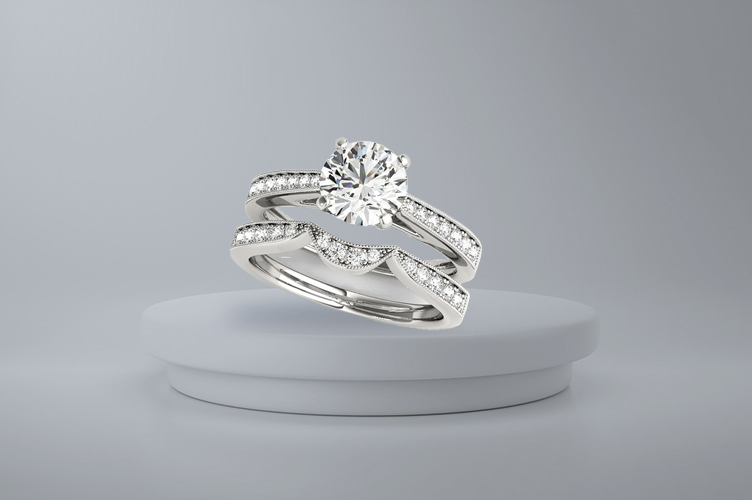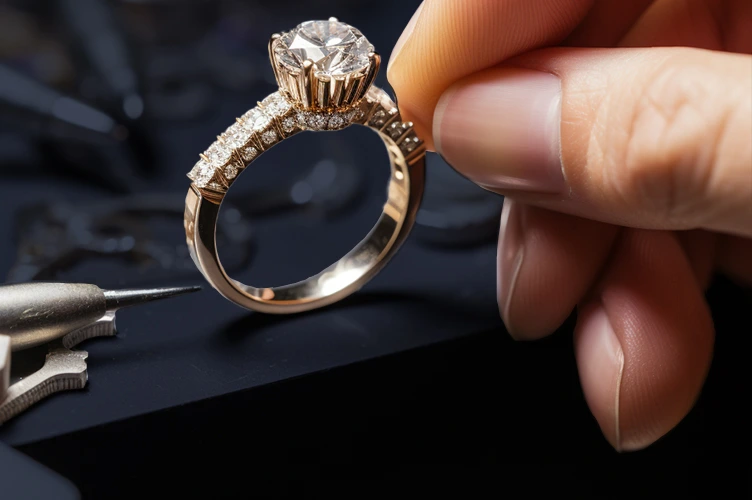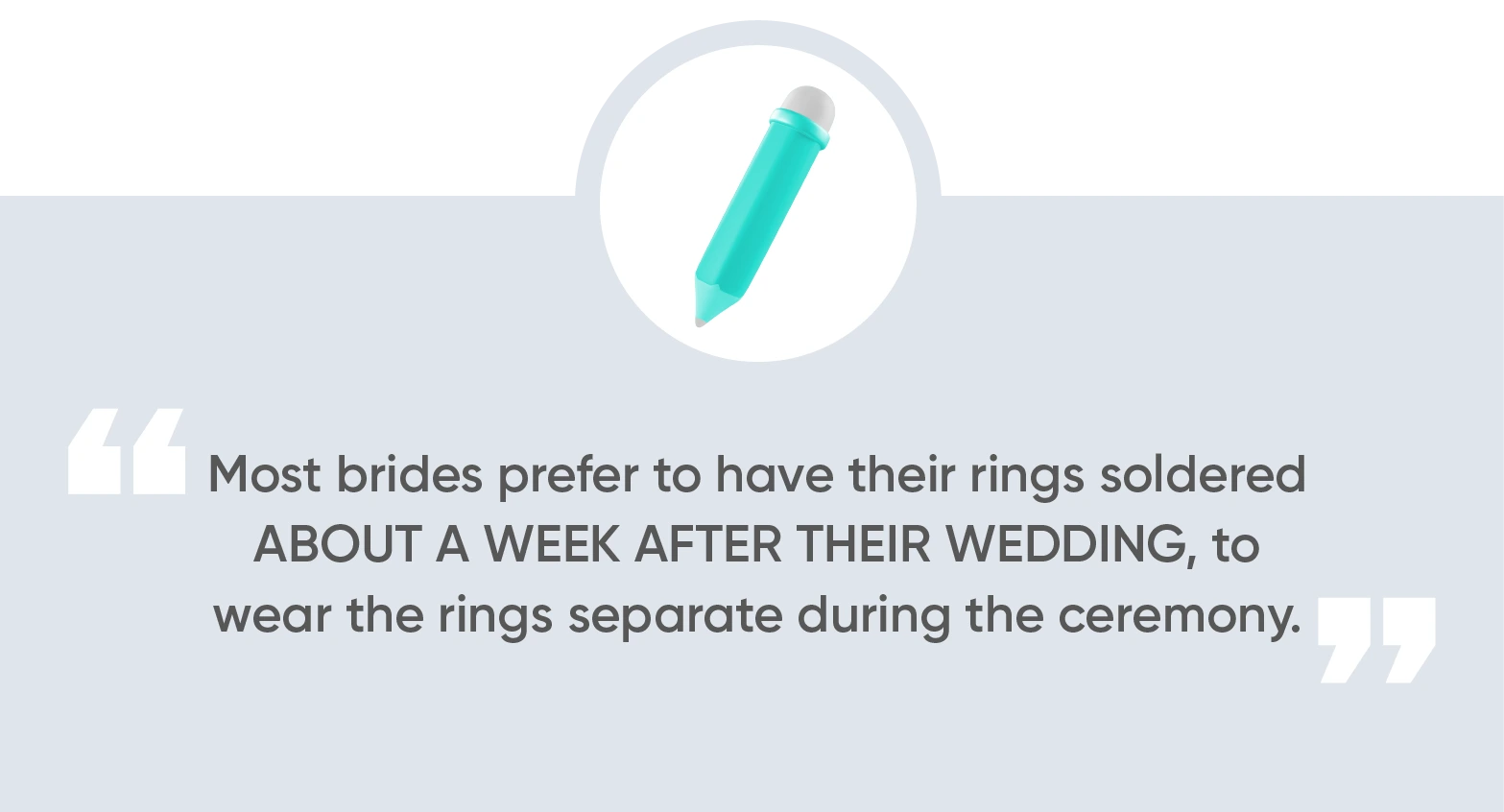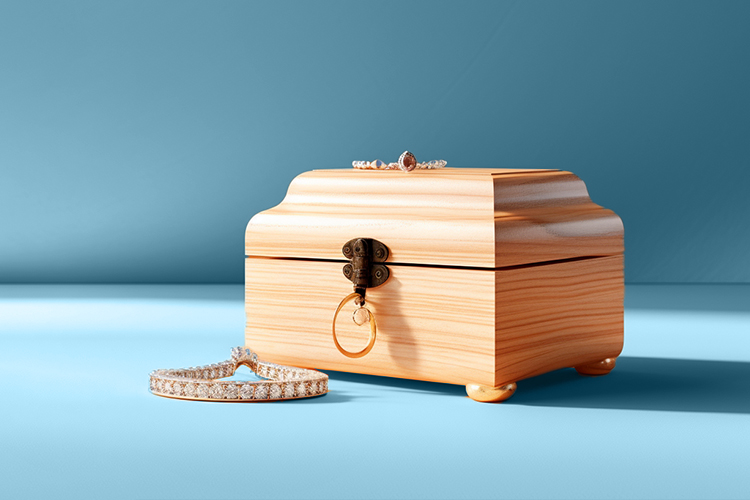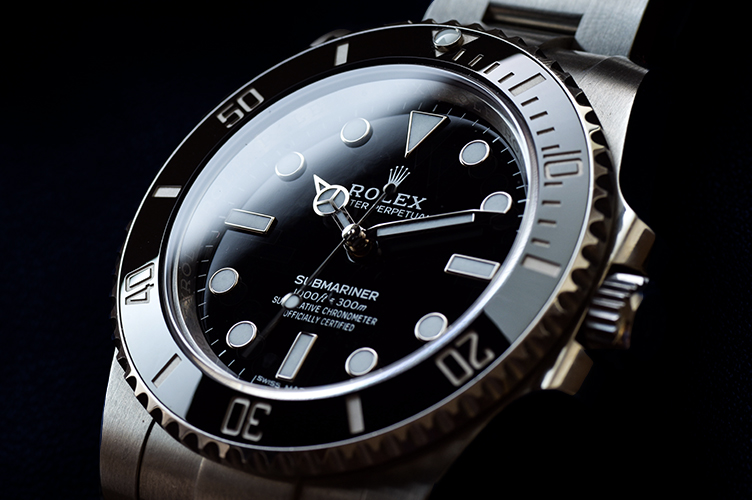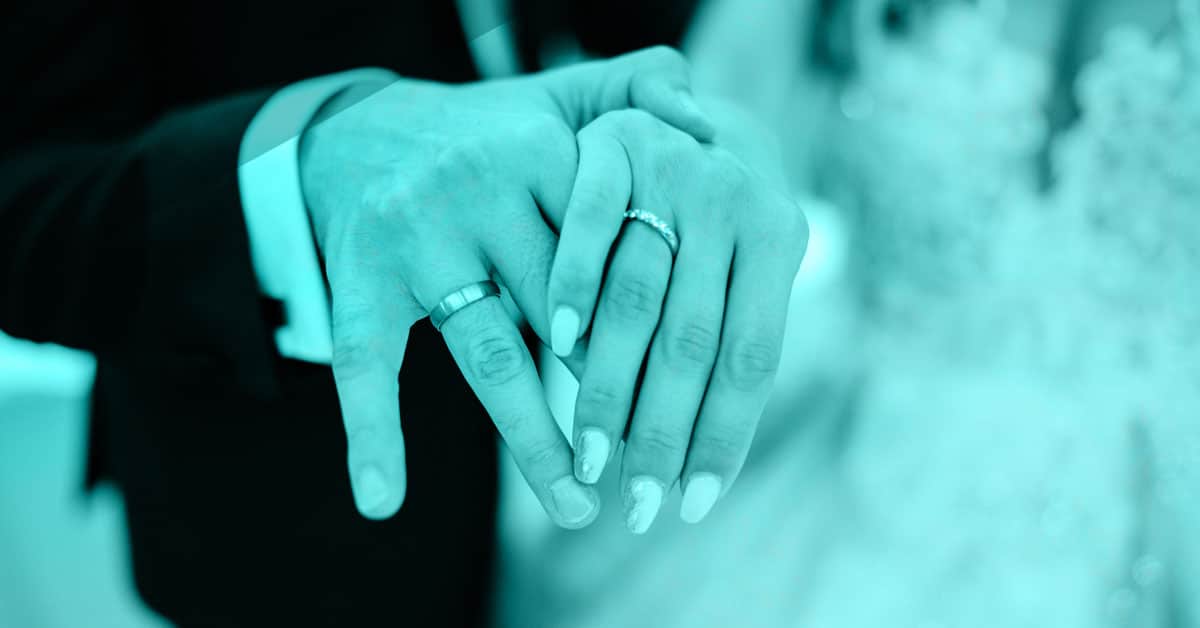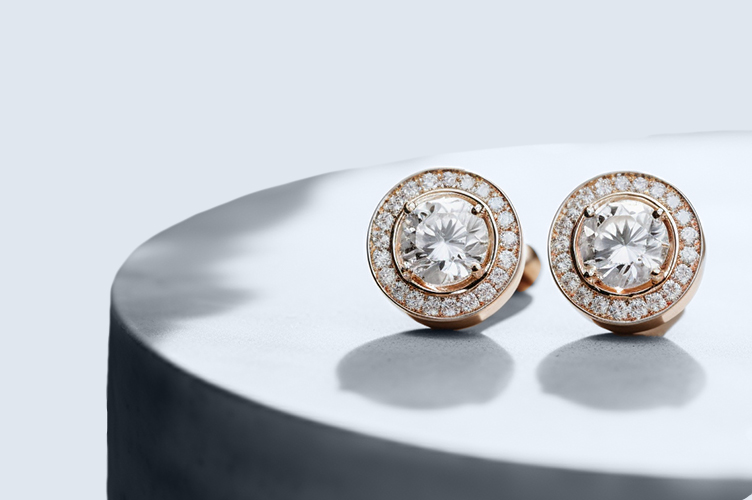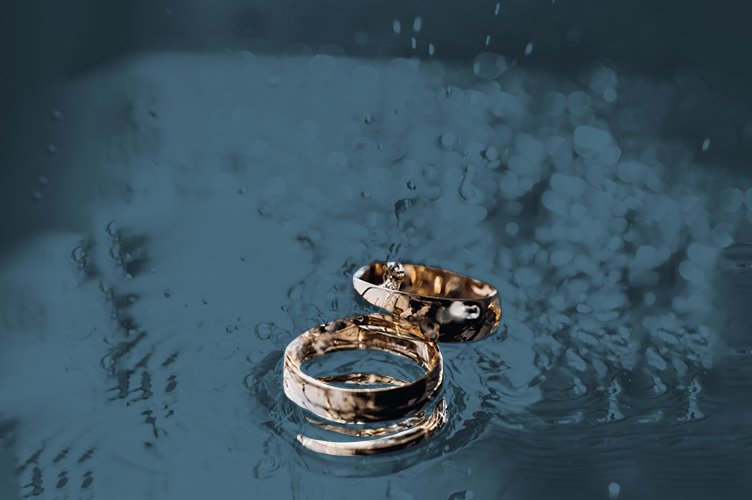Soldering rings together — particularly engagement and wedding rings — is a common choice for jewelry owners. However, whether you’re considering soldering your engagement rings or wedding rings for practical reasons, or as a symbolic representation of unity, it’s important to understand the pros and cons of this process.
What You Will Learn
Pros of Soldering Rings Together
Jewelers have used soldering for centuries to join metals and create durable, intricate pieces of jewelry. When it comes to rings, soldering offers several advantages that can enhance both the jewelry’s physical attributes and symbolic significance.
Here are the pros:
1. Increased Durability and Strength
By fusing two separate rings into a single, solid piece, you enhance the overall structural integrity. The soldering process creates a strong bond between the metal rings, making the end product more resistant to everyday wear and tear.
2. Improved Aesthetics and Seamless Appearance
When two rings are soldered, their connection becomes virtually invisible, resulting in a visually appealing and cohesive piece of jewelry. Overall, the absence of a visible gap or separation between the rings enhances the overall aesthetics and creates a more polished and finished look.
This seamless appearance is particularly desirable for bridal sets, where the engagement ring and wedding band are meant to be worn together as a unified symbol of love and commitment.
3. Versatility in Design and Resizing Options
Soldering rings together not only enhances visual appeal but also provides practical benefits in terms of design flexibility and resizing options.
Combining two separate rings into a single piece allows you to experiment with various metal combinations and finishes. You can effortlessly create multi-tone designs by soldering two different metal rings, adding depth and complexity to your jewelry collection. This versatility in design ensures that your soldered rings will stand out and make a statement.
Additionally, if you find that your rings no longer fit properly or you desire a different size, having them soldered together makes resizing more convenient in the future.
4. Symbolic Representation of Unity and Commitment
For many brides, having their wedding rings soldered together holds deep symbolic significance. Joining the band and engagement ring through soldering represents the unbreakable bond between two individuals entering a lifelong partnership. Wearing soldered wedding rings serves as a constant reminder of a couple’s special bond.
Cons of Soldering Rings Together
While soldering rings together presents numerous benefits, there are potential drawbacks.
1. Irreversibility
One of the main cons of soldering rings together? It’s irreversible. Once the rings are soldered, they’re permanently fused, making it challenging to separate them without damage. This is something to contemplate, especially if you anticipate wanting to wear the rings separate in the future, or if there is sentimental value attached to each individual ring.
2. Potential Heat Damage
During the soldering process, high temperatures can pose a risk to channel set diamonds or delicate materials present in the rings. Heat-sensitive gemstones, such as opals or pearls, may likewise be susceptible to damage or discoloration.
3. Skill and Expertise Required
Soldering rings together is a complex technique that demands a certain level of skill, knowledge, and experience. Without proper expertise, there’s a risk of improper ring soldering, which can result in weak joints, visible seams, or damage to the rings.
Seek professional assistance from a skilled jeweler, or invest time in acquiring the necessary knowledge and practice before attempting to solder rings on your own.
4. Loss of Individual Ring Identity
When multiple rings are soldered together, there’s a potential loss of their individual identities. One ring may carry its own symbolism, sentimental value, or personal story, and all of that is diminished when you attach the ring to another.
Consider the sentimental attachment and emotional value you associate with the separate rings before opting to solder them together.
5. Lack of Flexibility
If you have a wider ring that you wear alongside your engagement ring and wedding band, soldering these rings together may limit your ability to wear multiple rings on other fingers.
Weigh the desire for a unified look against the flexibility of wearing multiple rings and consider alternative options, such as using a ring wire or spacer.
Exploring Alternative Options
While soldering rings together is a popular choice, it’s worth considering alternative options that may better suit your preferences or requirements. One such option is using a ring wire or connectors. These are temporary and reversible methods of keeping rings together without the permanence of soldering.
- Ring wires are thin, flexible metal wires that can be wrapped around the rings to hold them together securely.
- Connectors are small devices that attach to the inner side of the rings, joining them without any alteration to the original rings.
These alternative options provide flexibility, allowing you to wear the rings together or separate, as desired.
FAQs
How are Rings Soldered Together?
Rings are soldered together by heating a filler metal, known as solder, until it melts and fuses the two rings. The solder bonds the metals, resulting in a secure and seamless connection.
How Much Does it Cost to Solder Rings?
The cost of soldering rings can vary depending on factors such as the complexity of ring design, the type of metals being soldered, and the jeweler’s pricing. On average, the cost of soldering wedding rings starts at $50, but it’s best to consult with a jeweler for an accurate quote.
What are the Benefits of Soldering Your Rings?
Soldering your rings together offers numerous benefits, including increased durability and strength, improved aesthetics, and a symbolic representation of unity and commitment. Soldering also reduces the spinning of rings and minimizes metal maintenance over time.
When Should You Solder Your Rings?
Soldering your rings is a personal decision. Most brides prefer to have their rings soldered about a week after their wedding, allowing them to wear the rings separate during the ceremony.
How to Solder Wedding Rings Together?
To solder wedding ring to engagement ring, heat a filler metal, known as solder, until it melts and use it to fuse the two rings together. For safety reasons and to avoid getting your hands dirty, leave the soldering of rings to experienced jewelers with the necessary skills and equipment.
Protect Your Investment
Soldering rings together offers a range of benefits, including increased durability, improved aesthetics, and a symbolic representation of unity. However, weigh the pros and cons, consider personal preferences, and seek professional advice before making a decision.
Whatever you decide, protect your rings. At BriteCo, we offer comprehensive and cost-effective jewelry insurance coverage. Our policies provide protection against loss, theft, and damage worldwide, ensuring your soldered jewelry is safe.
To learn more, use our convenient online tool to obtain a personalized insurance quote.

